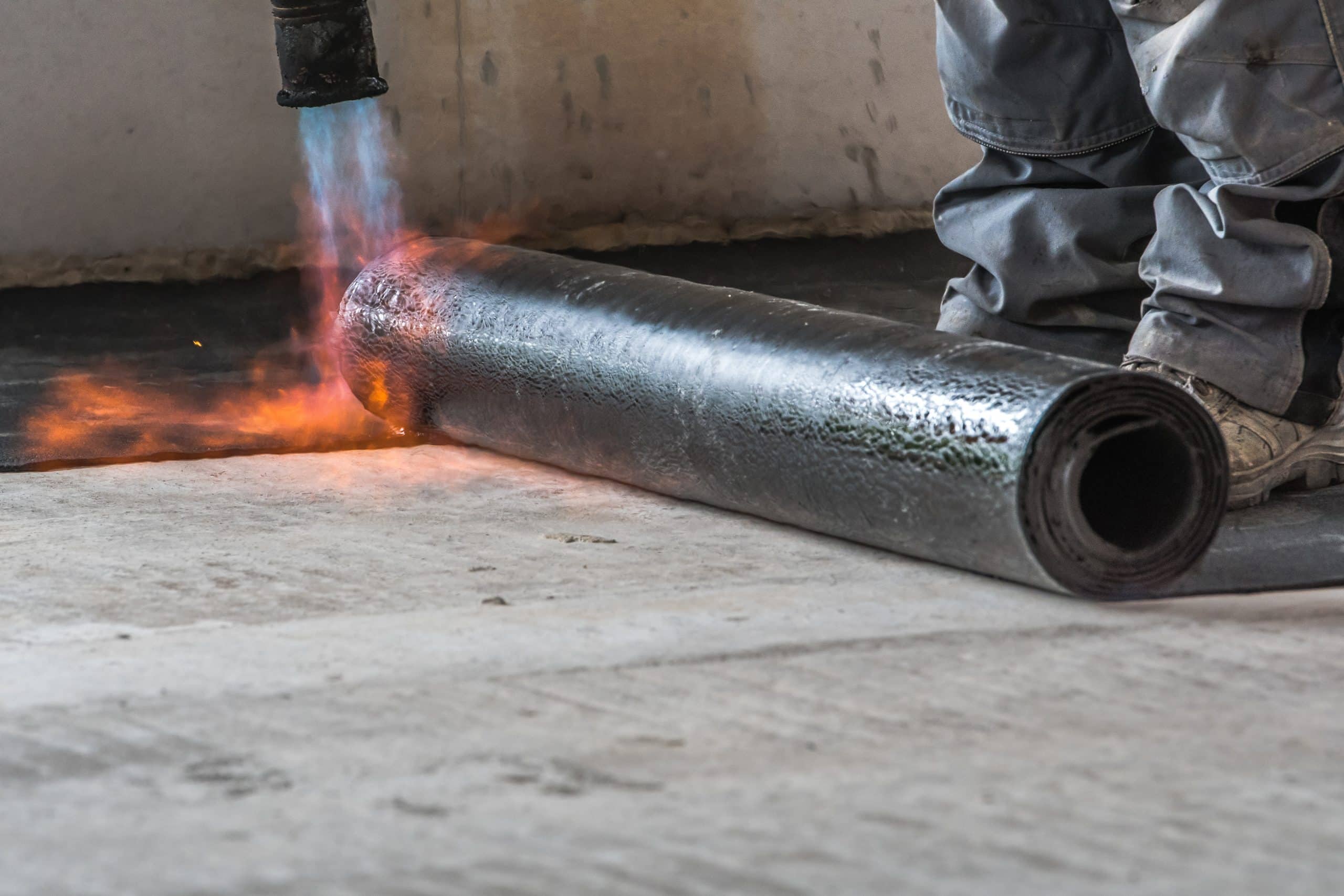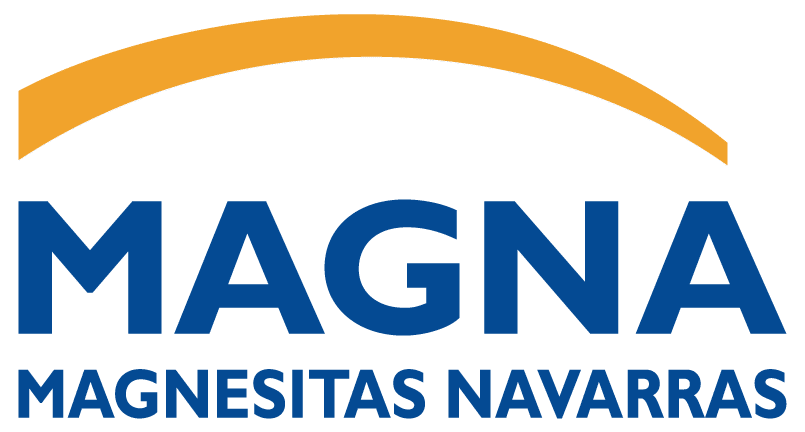Home Industrial Minerals high-performance materials
High-performance materials
The mechanical and chemical properties of magnesia make it a strategic component in the design of high-performance materials for many sectors of activity. From the production of glass fibers to innovative ceramic pastes, refractory bricks and technical rubbers, our magnesium solutions meet the highest demands.
Glass and fiberglass
Magnesia has many advantages as an additive in the production of special glasses. It improves the strength and durability of the glass while protecting the material from corrosion and moisture. These qualities are particularly prized in the manufacture of glass fibers used in composite materials.
The homogeneous composition and fine particle size of the magnesia also make it possible to modify the viscosity of the molten glass, facilitating the production of precise parts, especially for electronics, or preventing the breakage of the fibers when they leave the matrix.
At Terresis Industrial Minerals, we offer a diverse range of magnesium to offer a solution for every type of glass and every specific need.
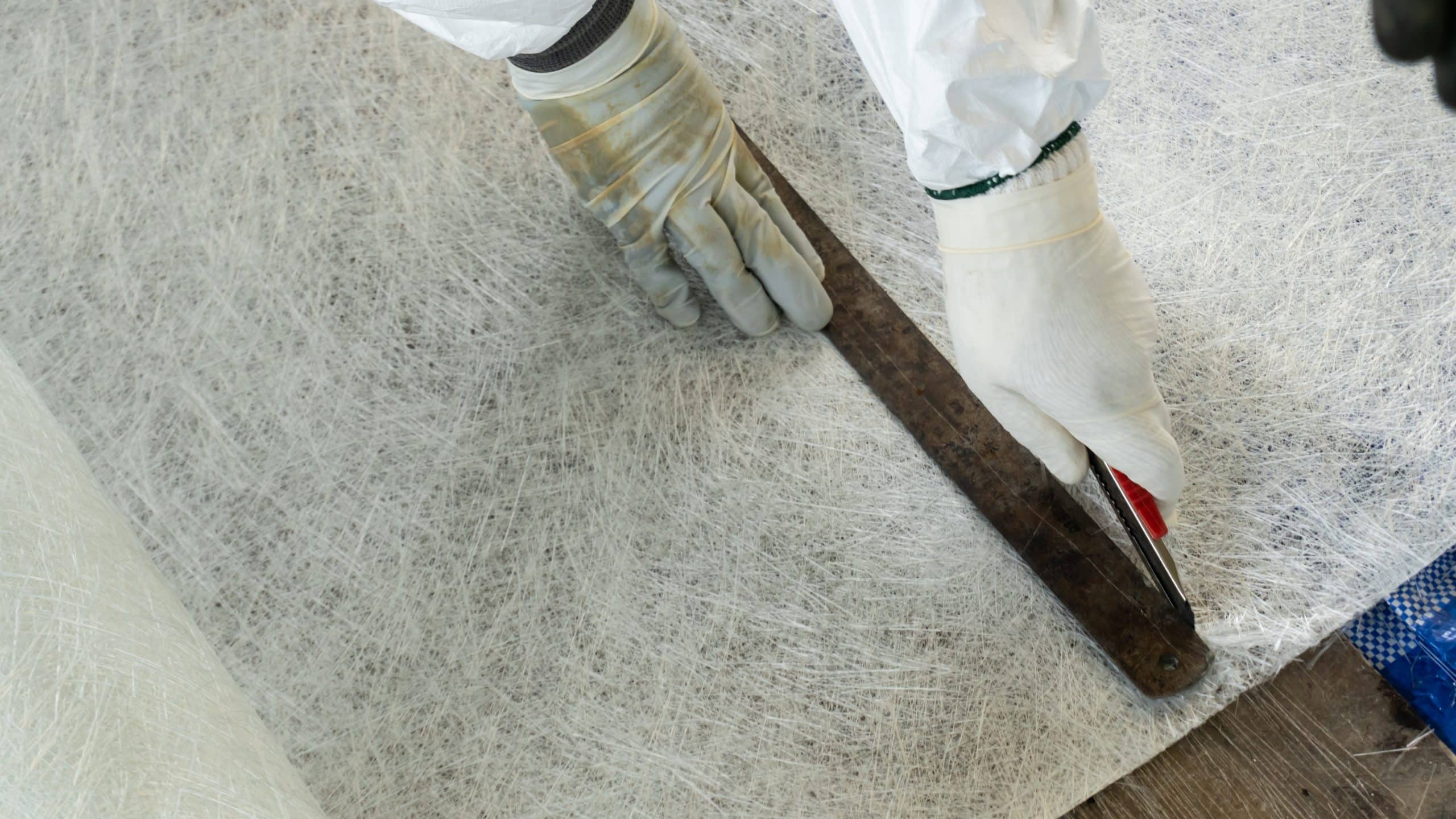
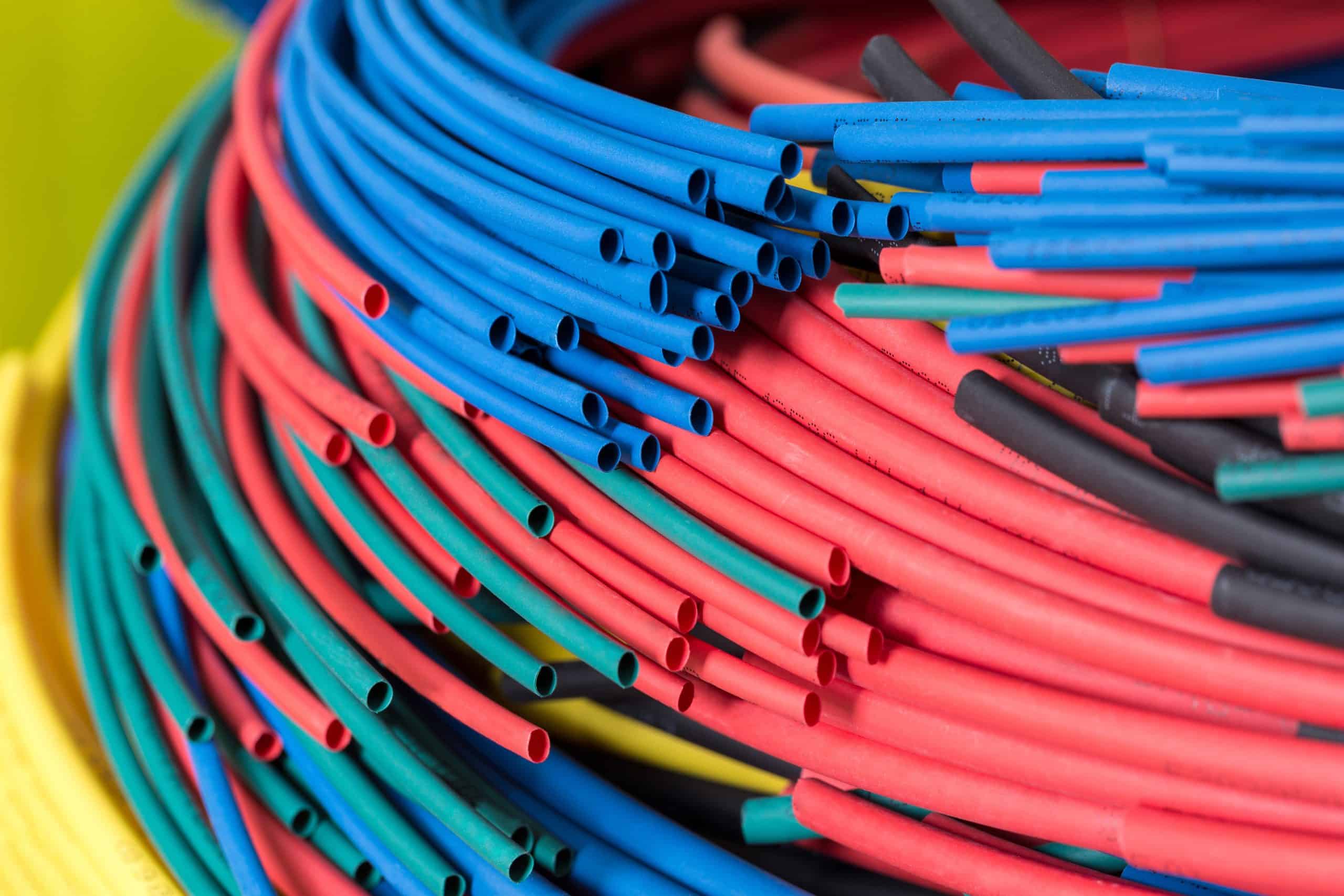
Technical ceramics and refractory products
Thanks to their excellent performance at high temperatures, magnesium oxide and carbonate have found many uses in technical processes. Inert compounds, they have good refractory properties, an ability to withstand temperature variations, as well as good chemical resistance. These qualities make them ideal components for the manufacture of refractory materials, heating elements and crucibles.
This makes the magnesia ideal for the production of mineral-insulated cables and thermocouples. Combining thermal conductivity and electrical insulation, even at extreme temperatures, it is particularly recommended for high-performance thermal and electrical applications. It is also an essential ingredient in the manufacture of mineral insulation fibers, for furnace and tank linings, and boiler tube walls.
Magnesium carbonate is also used as a flux in ceramic paste formulations, where it improves mechanical properties and lowers the firing temperature. It also helps to provide an opaque and matte finish, while preserving the whiteness of the ceramic.
Brake linings
When used in the formulation of friction materials, magnesia is used to adjust the coefficient of friction of brake linings and pads—whether they are vehicles, high-temperature braking systems, or friction parts used in industrial plants. Its intermediate hardness limits wear on metal surfaces, while ensuring good thermal conduction at the contact areas. Thanks to its refractory properties, it offers excellent thermal stability and high resistance in extreme heat, while maintaining the grip and performance of the braking system.
At Terresis Industrial Minerals, we have developed a range of high-quality CCM or DBM magnesia with controlled particle size distribution to meet the requirements of each brake lining application, as well as the specificity of each formulation, organic or sintered.
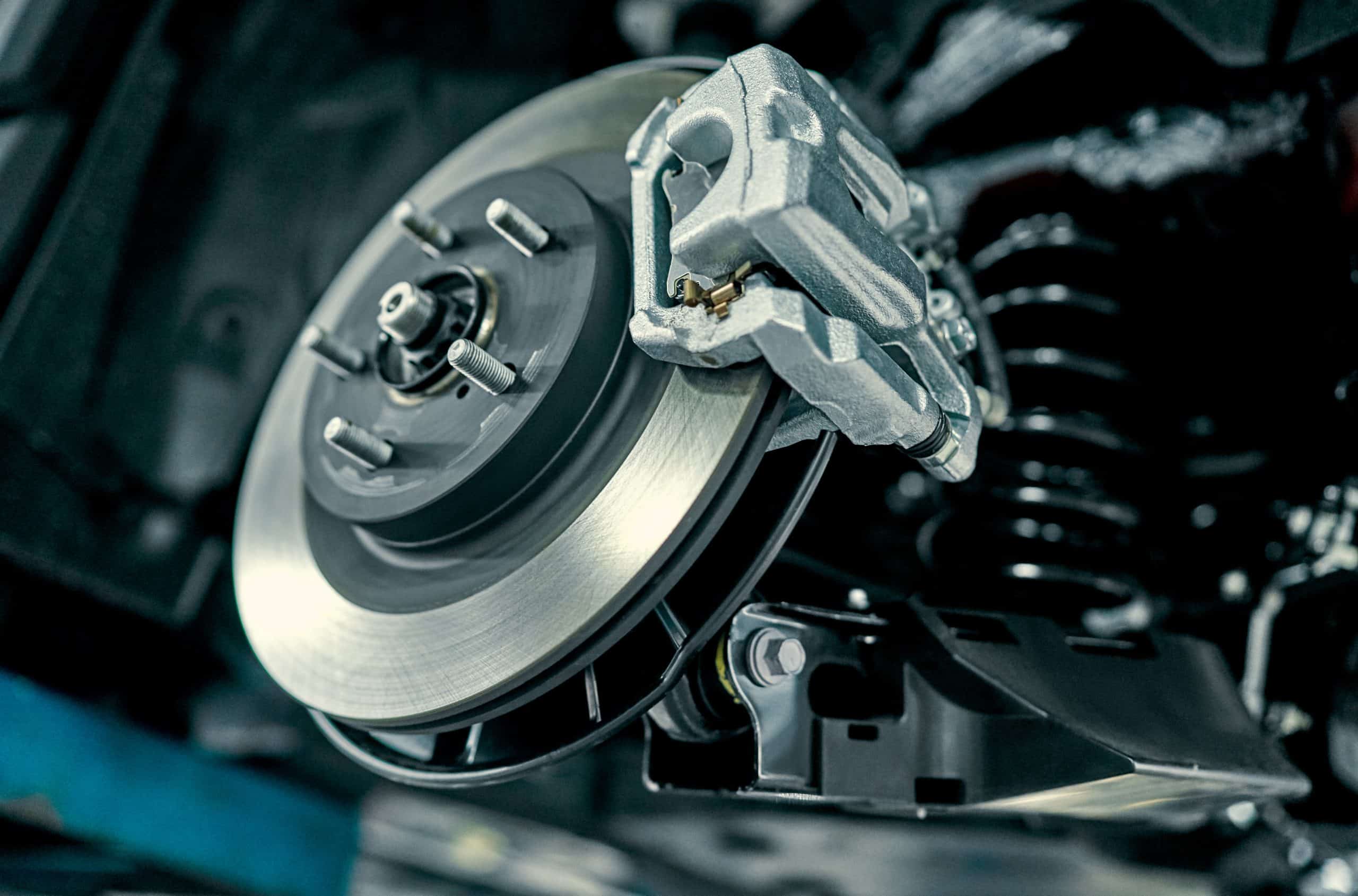
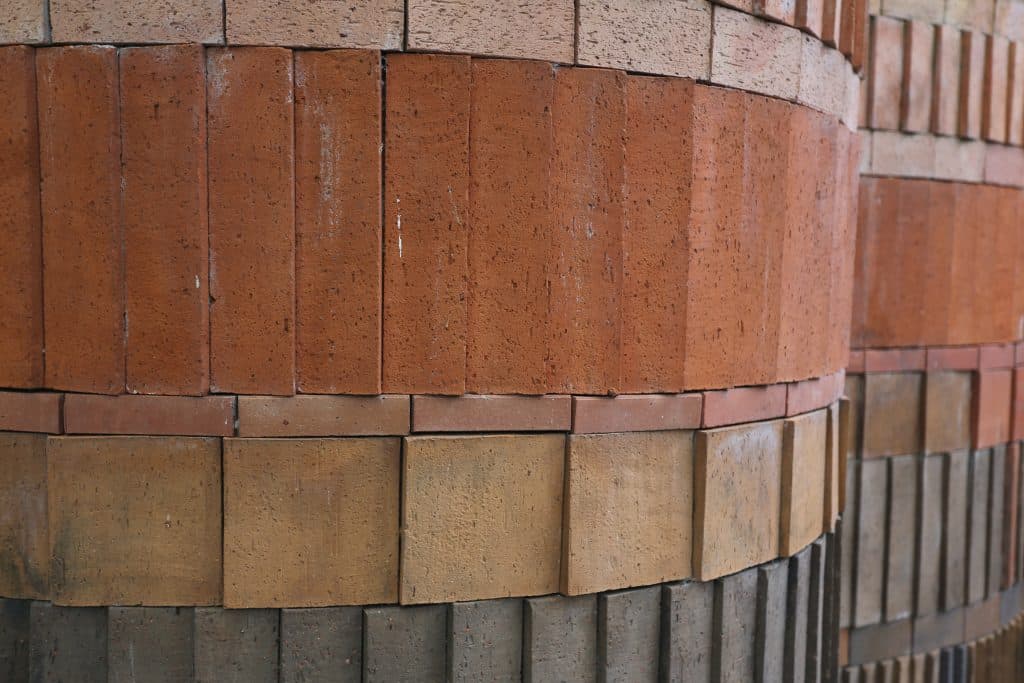
Magnesium Aluminate Spinels (MAS)
Due to their excellent resistance to very high temperatures, thermal shock, and corrosion, magnesium aluminate spinels are widely used in the manufacture of refractory bricks or base linings for extreme thermal applications. They enhance the performance of refractory bricks and “castable” systems, ensuring stability and reliability in very high temperature environments.
In the production of these spinels, magnesia acts as an essential raw material, guaranteeing their performance.
At Terresis Industrial Minerals, we offer high-purity DBM powders with controlled composition.
Polymers, plastics and rubber
In the manufacture of technical rubber products and plastics, magnesia is incorporated into the raw rubber in the mixing phase. It acts as a neutralizing agent for acids, particularly in chloroprenes, where it neutralizes traces of hydrochloric acid that may be released during processing, vulcanization or thermal aging. The removal of hydrogen chloride prevents the autocatalytic degradation of the polymer, thus ensuring better stability of the final material.
Magnesia also plays the role of a cross-linking agent, especially in combination with zinc oxide. The presence of magnesia also helps to reduce raw material losses and improve the homogeneity of mixtures.
In addition, magnesia is also a thickening agent for polyester resins for impregnate composites (SMC) and bulk composites (BMC): it makes it possible to obtain a high-quality final material, without molding defects, cracks or ripples, while ensuring optimal viscosity for the molding process.
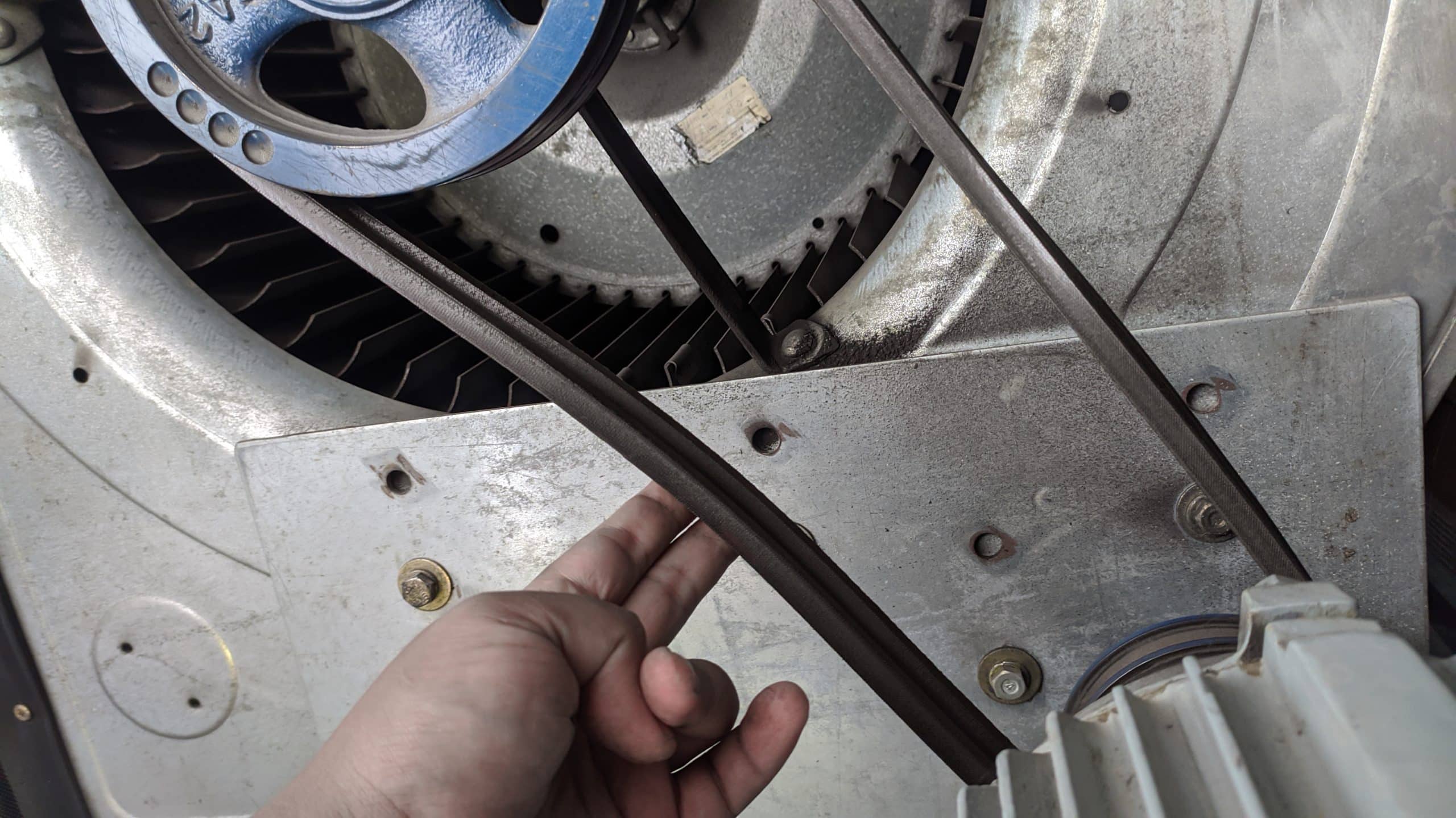
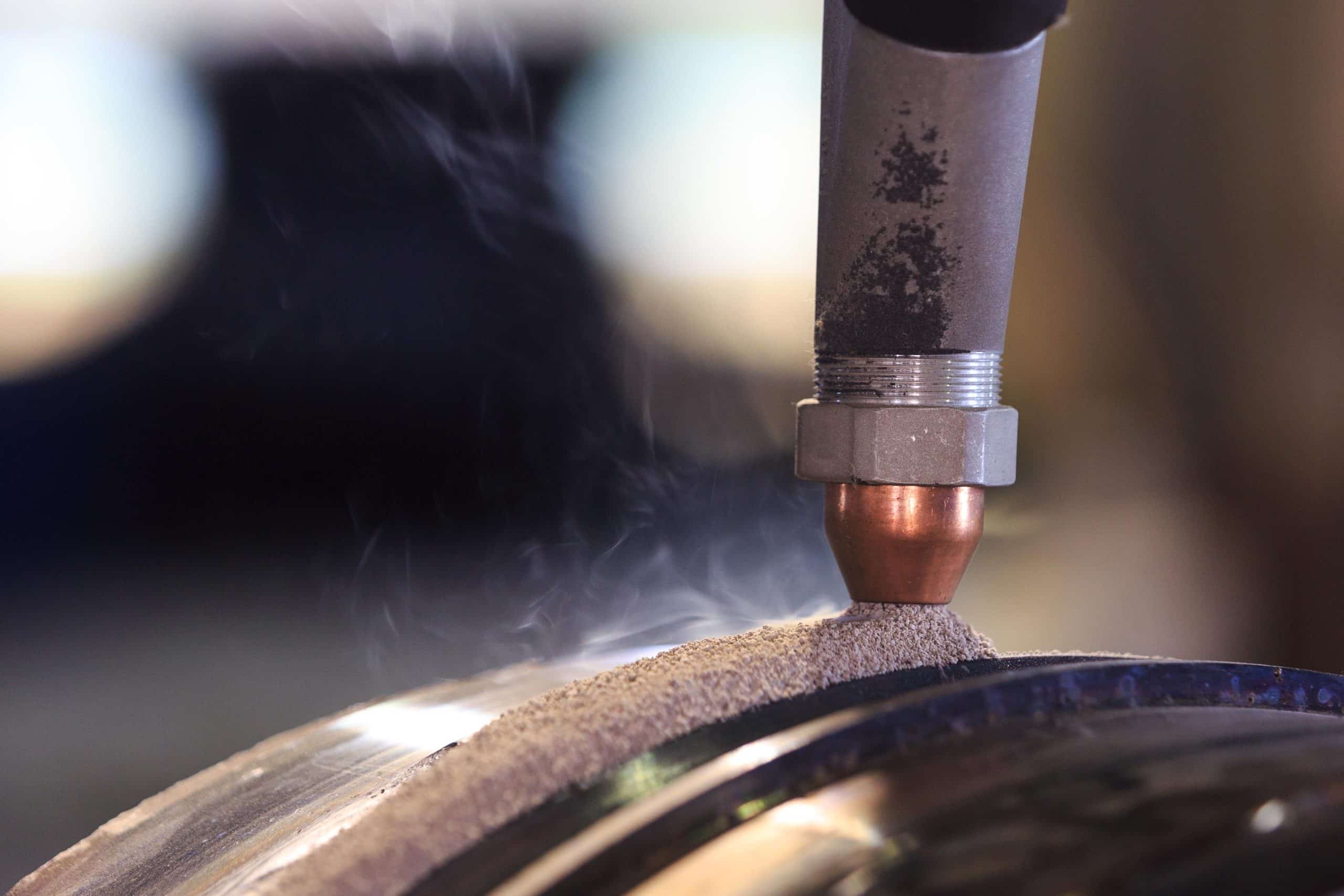
Welding and casting fluxes
In many industrial sectors – such as automotive, transport, construction, power generation – the welding technique is used to join metals. When the welding material is in a molten state, it tends to absorb oxygen and nitrogen from the ambient air, which can cause a porous and brittle weld to form.
In order to avoid this phenomenon, welding fluxes are used: these are composed of several ingredients, including magnesia. The role of the latter is to contribute to the formation of a protective layer of slag on the surface of the molten pool. This slag prevents oxidation and improves the quality of the weld. Impurities are removed, which optimizes metallurgical properties.
Flame retardants
Magnesium hydroxide is used as a flame retardant additive and fume suppressant. Incorporated into the polymer formulation, it acts as a thermal cooler: from 350°C, it decomposes endothermicly, absorbs heat, releases water vapor and forms a protective layer that slows down the spread of flames and reduces the density of the fumes emitted.
Thanks to this action, magnesium hydroxide makes it possible to obtain high non-flammability values, low emission of toxic gases without altering the mechanical properties of the materials. Commonly used in thermoplastics and elastomers, it is found in plastic compounds for construction, coatings, and electrical cables and wires.
Terresis Industrial Minerals offers a complete range of synthetic magnesium brucites and hydroxides especially designed for use as flame retardants.
As an expert in magnesia, we have developed a range of solutions adapted to each of these applications. By combining performance, quality and sustainability, we meet the highest demands, even if it means being one step ahead in terms of innovation.
